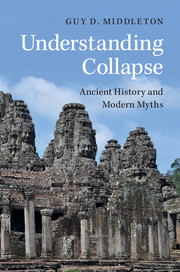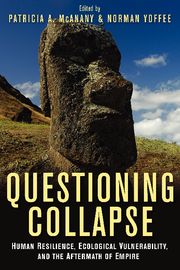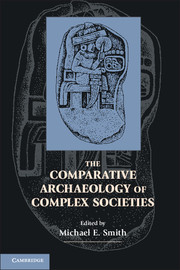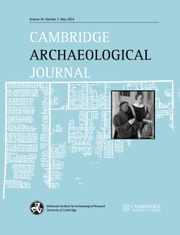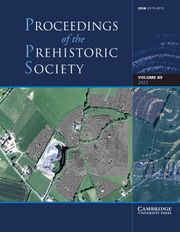Understanding Collapse
Understanding Collapse explores the collapse of ancient civilisations, such as the Roman Empire, the Maya, and Easter Island. In this lively survey, Guy D. Middleton critically examines our ideas about collapse - how we explain it and how we have constructed potentially misleading myths around collapses - showing how and why collapse of societies was a much more complex phenomenon than is often admitted. Rather than positing a single explanatory model of collapse - economic, social, or environmental - Middleton gives full consideration to the overlooked resilience in communities of ancient peoples and the choices that they made. He offers a fresh interpretation of collapse that will be accessible to both students and scholars. The book is an engaging, introductory-level survey of collapse in the archaeology/history literature, which will be ideal for use in courses on the collapse of civilizations, sustainability, and climate change. It includes up-to-date case studies of famous and less well-known examples of collapses, and is illustrated with 25 black and white illustrations, 3 line drawings, 16 tables and 18 maps.
- Updates Tainter's 1990 book by including the latest data and theory of collapse
- Written in jargon-free language accessible to students and assumes little prior knowledge of ancient history
- Includes lively case studies that show how collapse has played out across the world from prehistory to the present, including modern examples
Reviews & endorsements
'Middleton's book is the best introduction to 'collapsology'. It carefully dissects theories, especially grand theories, and marshals data so that the reader can see what collapses (and what doesn't) in major cases from Rome and Egypt to the Maya and Easter Island. It is informative from beginning to end and gracefully written.' Norman Yoffee, University of Michigan
'Moving well beyond the traditional rise-and-fall schemas of civilizational studies, Guy D. Middleton asks us to consider the complexities of human approaches to political sustainability across space and time. By doing so, he creates a deeper understanding of the variability in human agency and political decision-making. Along the way, he exposes myth-making both in the past and the present. This engaging, accessible, and comprehensively researched book offers no monolithic explanation for past crises of governance but astutely assesses human socio-ecological interactions in a wide range of archaic states and empires. This book is an essential read for every aspiring student of past (and current) political collapse.' Patricia A. McAnany, Kenan Eminent Professor and Chair, Department of Anthropology, University of North Carolina, Chapel Hill
'Middleton aims to provide an introduction to 'collapsology', offering a wide-ranging and impressively comprehensive overview of previous scholarship, written in an accessible and succinct way that will be appealing for undergraduate or graduate courses on the collapse of complex societies, or for scholars seeking overviews of regions in which they do not specialize.' Cambridge Archaeological Journal
'The book is successful in defending collapsology as an area of research in its own right, and the introduction is deeply thought provoking and provides an excellent route into the topic.' Anthony Smart, European Journal of Archaeology
Product details
July 2017Adobe eBook Reader
9781316840085
0 pages
0kg
28 b/w illus. 18 maps
This ISBN is for an eBook version which is distributed on our behalf by a third party.
Table of Contents
- List of figures
- List of tables
- Acknowledgments
- Preface
- 1. Introducing collapse
- 2. Egypt: the old kingdom falls
- 3. Akkad: the end of the world's first empire
- 4. The Indus Valley: a truly lost civilisation?
- 5. The end of Minoan Crete
- 6. The kingdoms of Mycenaean Greece
- 7. The Hittites and the Eastern Mediterranean
- 8. The fall of the Western Roman Empire
- 9. Collapse and revolution in Mesoamerica
- 10. The classic Maya collapse
- 11. Collapse in the Andes
- 12. Angkor and the Khmer
- 13. The incredible survival of Rapa Nui
- 14. Conclusions
- 15. Bibliographic essay.

